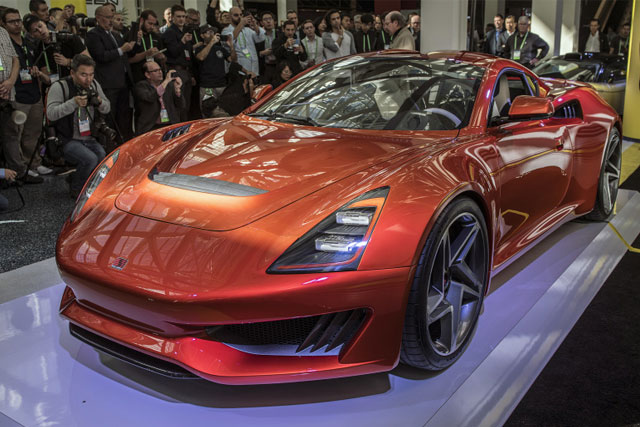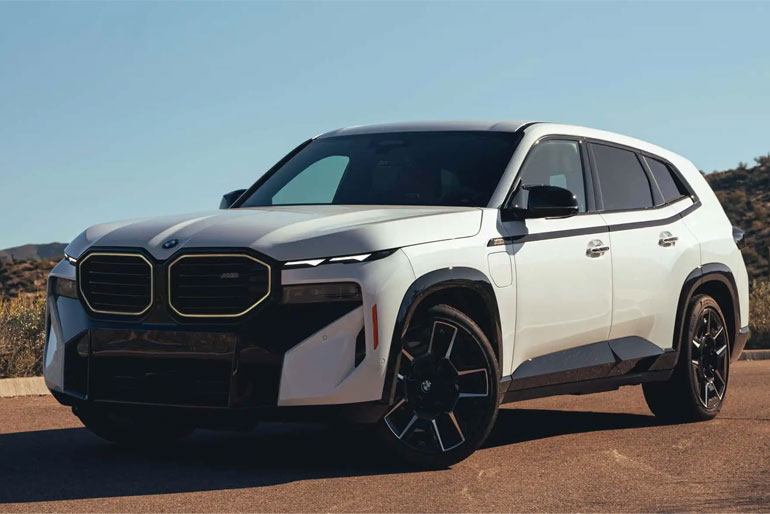Starting October 1, BMW Group is shaking things up in its design teams. While Adrian van Hooydonk remains in charge, Domagoj Dukec, who has led BMW’s core design since April 2019, is moving on. Dukec, known for his unique approach to design, is transitioning to Rolls-Royce in the same role.
Future BMW designs will be led by two key figures. Maximilian Missoni, formerly of Polestar, will oversee the design of BMW’s upper mid-size and luxury models, including the new Alpina variants. BMW acquired the Buchloe-based Alpina in March 2022, marking an exciting shift in their design approach.
Oliver Heilmer, who has led Mini’s design since 2017, will now style both compact and mid-size cars, including M models. Holger Hampf, formerly of Designworks, will take over Mini’s design role. Anders Warming, ex-Rolls-Royce design chief, will lead Designworks and handle advanced design projects.
BMW has named Claudia Braun to head a new Color and Material Design team for BMW, Mini, and Rolls-Royce. Christian Bauer continues to lead the digital customer experience.
It’s tempting to guess why BMW is changing its design team, especially with the critical feedback online. But despite the mixed reviews, BMW had a record year in 2023, selling 2,252,793 cars.
https://www.instagram.com/p/C_23g5bIVSK/?utm_source=ig_web_copy_link
Could BMW have sold even more cars if their designs weren’t so divisive? We can only speculate. What’s clear is that BMW is thriving in terms of sales. The brand benefits from a diverse lineup, offering everything from traditional combustion engines to plug-in hybrids and electric vehicles, covering the premium market.
While the days of BMW being known as “the ultimate driving machine” might be behind them, they still offer performance cars with manual transmissions. The revived M5 Touring is even making its way to the U.S., marking the first M wagon available there. The M3 Touring is available in other markets, and the Z4 roadster still comes with a manual option for the M40i.
However, in 2024, BMW’s success largely comes from crossovers and SUVs. From the compact X1 to the spacious X7, and the unconventional XM, these models are driving the brand’s popularity.
BMW’s latest models are filled with large screens that have replaced most of the physical buttons, and it seems buyers are embracing this change. Even though the familiar iDrive controller is fading away, X1s are still flying off the lot. Rising prices haven’t deterred buyers either.
It seems we’re no longer BMW’s main audience—those nostalgic for models like the E46 or E39. While the current designs are driving strong sales, BMW is planning a fresh look. Their new EV concepts hint at a design overhaul on the horizon.
The new electric vehicle designs are likely already set. The upcoming iX3 crossover and the i3 sedan for 2026 won’t reflect the latest design changes. Instead, these new teams will influence cars set to debut later in the decade.
Source: BMW







